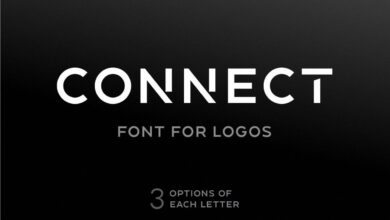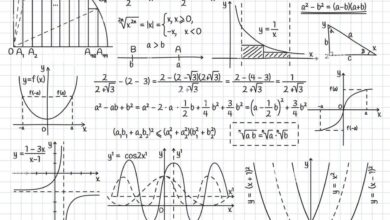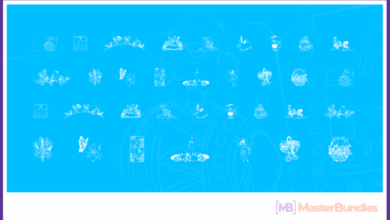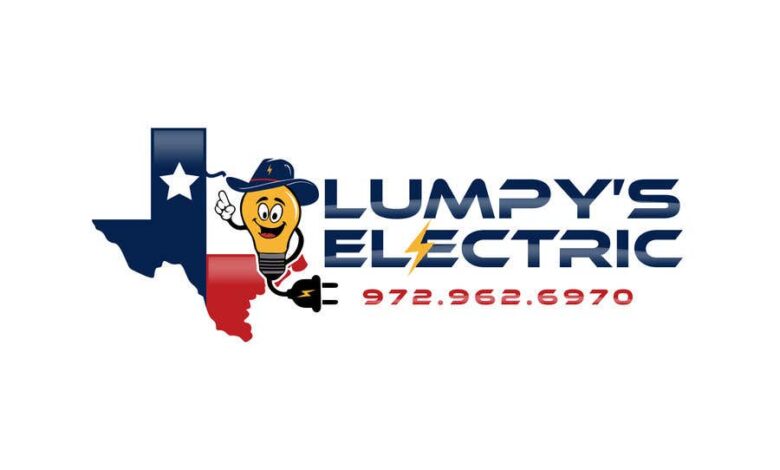
Creative Logo Design Ideas Unleash Your Brand
Creative logo design ideas are the lifeblood of any successful brand. A great logo isn’t just a pretty picture; it’s a visual representation of your brand’s personality, values, and mission. This exploration delves into the art and science of logo creation, covering everything from understanding design principles to mastering the technical aspects of software and typography. We’ll journey through various styles, from minimalist elegance to bold illustrative concepts, and uncover the secrets to crafting a logo that truly resonates with your target audience.
Get ready to unlock your creative potential and design a logo that leaves a lasting impression!
We’ll cover the entire logo design process, from initial brainstorming and sketching to refining your design based on client feedback. We’ll explore different logo styles, the psychology of color, and the crucial role of typography in creating a memorable logo. We’ll also look at the software and tools you’ll need to bring your vision to life, helping you navigate the creative landscape and build a brand identity that stands out from the crowd.
Prepare to be inspired!
Defining “Creative Logo Design”
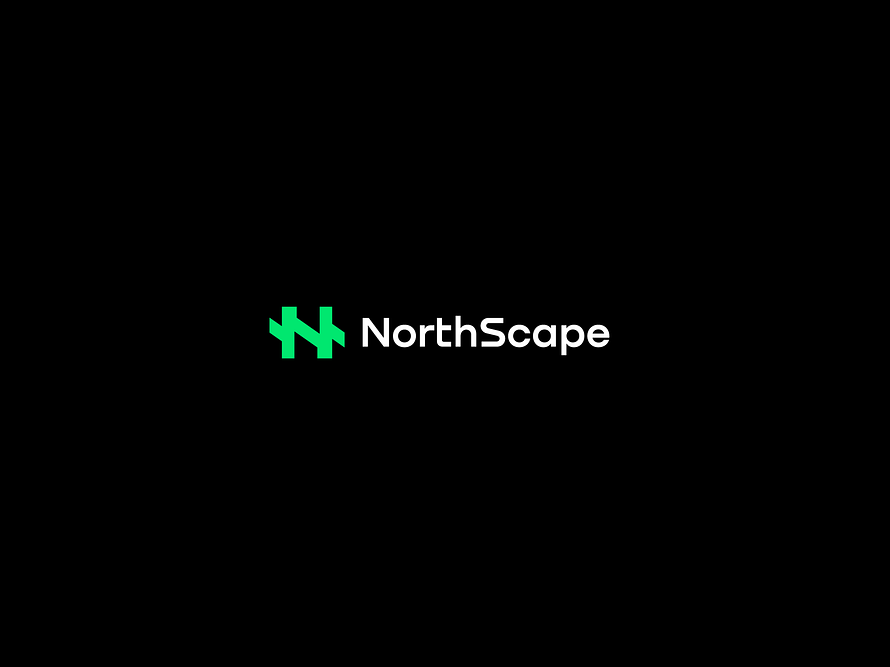
Source: graphicdesignjunction.com
A creative logo design is more than just a pretty picture; it’s the visual embodiment of a brand’s personality, values, and mission. It’s the first impression a company makes, a silent ambassador that speaks volumes before a single word is uttered. A truly effective logo is memorable, versatile, and timeless, capable of resonating with its target audience across various platforms and mediums.
Core Principles of Effective Logo Design
Several key principles underpin successful logo creation. Simplicity is paramount; a logo should be easily recognizable and understood at a glance. Memorability is crucial; a strong logo sticks in the viewer’s mind, fostering brand recall. Versatility ensures the logo remains effective across different sizes and applications, from business cards to billboards. Timelessness is important; a well-designed logo avoids fleeting trends, maintaining its relevance for years to come.
Relevance ensures the design directly reflects the brand’s identity and target market. Finally, appropriateness dictates that the design aligns with the industry and brand image.
Examples of Logos that Successfully Convey Brand Identity
The Apple logo, a simple yet iconic apple with a bite taken out, perfectly encapsulates the brand’s innovative and slightly rebellious spirit. The Nike swoosh, a dynamic and minimalist checkmark, symbolizes movement, speed, and athletic achievement. The Coca-Cola logo, with its classic Spencerian script, evokes a sense of nostalgia and tradition, representing a long-standing brand with a rich history.
These logos demonstrate how simplicity, memorability, and relevance can create powerful visual identities.
Differences Between Minimalist and Complex Logo Styles, Creative logo design ideas
Minimalist logos prioritize simplicity, using minimal elements and clean lines to create a memorable and versatile design. They often rely on negative space and a single, strong visual element. Complex logos, on the other hand, incorporate more intricate details, multiple colors, and potentially more elaborate imagery. The choice between these styles depends heavily on the brand’s personality and target audience.
A tech startup might opt for a minimalist design, while a luxury brand might prefer a more complex and ornate logo.
Three Logo Concepts for a Hypothetical Coffee Shop
The following table presents three different logo concepts for a fictional coffee shop called “The Daily Grind.”
| Logo Name | Description | Sketch |
|---|---|---|
| The Coffee Bean | A stylized coffee bean, perhaps with a subtle texture or gradient, forming the central element. The name “The Daily Grind” could be incorporated in a simple, clean font underneath. This design prioritizes simplicity and direct representation of the product. | Imagine a slightly elongated coffee bean, dark brown with a lighter brown highlight, almost like a polished gemstone. The bean is positioned slightly tilted, giving it a sense of movement and energy. The text “The Daily Grind” is written in a clean, sans-serif font below the bean. |
| The Steam Cup | A minimalist design focusing on a coffee cup with a subtle steam rising from it. The steam could be stylized to create a unique visual element, perhaps forming a heart shape or a simple swirl. The shop name would be incorporated subtly. This design aims for a more evocative and less literal representation. | A simple coffee cup Artikel is presented, with a few curved lines emanating upwards from the top, suggesting steam. The lines are thin and elegant, creating a sense of lightness and warmth. The text “The Daily Grind” is incorporated within the negative space of the steam. |
| The Coffee Wheel | A more complex design featuring a stylized coffee wheel (like a wagon wheel) with coffee beans as spokes. This design suggests the journey and craftsmanship involved in creating coffee. The name is placed within the center of the wheel. This logo is bolder and more intricate. | A circular design with a series of coffee beans radiating outwards from the center like spokes on a wheel. The beans are varied in size and shading, giving a sense of depth and texture. “The Daily Grind” is written in a slightly more decorative font within the circle. |
Exploring Logo Design Styles
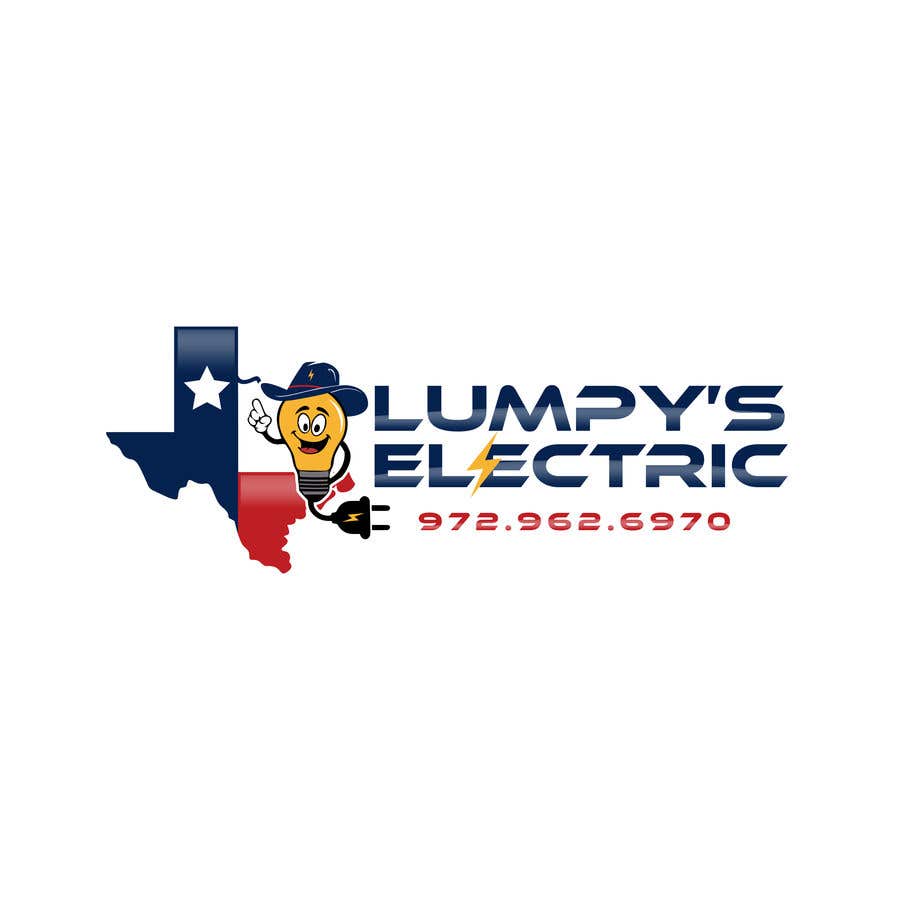
Source: f-cdn.com
Logo design is a multifaceted discipline, and understanding the various styles available is crucial for creating a truly effective brand identity. Different styles evoke different emotions and cater to different target audiences. Choosing the right style is about more than just aesthetics; it’s about aligning the visual representation of a brand with its core values and market positioning.
This exploration will delve into several prominent logo design styles, examining their characteristics, showcasing examples, and discussing the psychological impact of color choices.
Logo Design Styles: A Comparative Analysis
Several distinct logo design styles exist, each with its own unique visual language and emotional resonance. We’ll compare and contrast some of the most prevalent styles, highlighting their strengths and weaknesses. These styles aren’t mutually exclusive; many successful logos blend elements from multiple approaches.
Vintage Logo Design
Vintage logos often employ distressed textures, retro typefaces (like serif fonts), and muted color palettes to evoke a sense of nostalgia and tradition. Think of the classic Coca-Cola logo with its Spencerian script – instantly recognizable and brimming with history. The style suggests craftsmanship, heritage, and timelessness.
- Advantages: Creates a feeling of authenticity, heritage, and established presence.
- Disadvantages: Can appear dated or irrelevant to younger audiences; may not be suitable for modern, tech-focused brands.
Modern Logo Design
Modern logos typically feature clean lines, minimalist aesthetics, and a focus on simplicity and functionality. They often utilize geometric shapes and sans-serif typefaces. The Airbnb logo, with its simple, abstract representation of people, is a prime example. This style projects sophistication, innovation, and efficiency.
- Advantages: Clean, versatile, and easily adaptable across various media; projects a sense of modernity and sophistication.
- Disadvantages: Can sometimes lack personality or memorability if not executed thoughtfully; might appear too generic.
Geometric Logo Design
Geometric logos utilize precise shapes, lines, and angles to create a structured and balanced design. The logo for Pepsi, with its iconic circular form, is a classic example. This style conveys stability, precision, and order.
- Advantages: Clean, memorable, and easily scalable; projects professionalism and precision.
- Disadvantages: Can appear cold or impersonal if not carefully balanced with other design elements; limited creative flexibility.
Abstract Logo Design
Abstract logos use non-representational imagery to convey a brand’s essence in a symbolic way. The Twitter bird, though stylized, is an example of an abstract logo. This style allows for maximum creativity and flexibility, enabling a logo to communicate complex ideas succinctly.
- Advantages: Highly versatile and memorable; can convey complex ideas in a concise manner.
- Disadvantages: Requires careful consideration to ensure the abstract image effectively communicates the brand identity; can be challenging to understand without proper context.
The Psychology of Color in Logo Design
Color plays a pivotal role in logo perception, influencing emotions and associations. Red evokes passion and excitement, blue suggests trust and stability, green represents growth and nature, while yellow signifies optimism and happiness. The choice of color scheme is crucial for aligning the logo with the brand’s personality and target audience. For example, a financial institution might opt for blue to project stability, while a children’s toy company might choose bright, playful colors.
Current Logo Design Trends
Three key trends currently shaping logo design are:
- Minimalism: A continued emphasis on clean lines, simple shapes, and negative space.
- Gradient applications: The use of color gradients to add depth and visual interest to logos.
- Custom Typography: The increasing use of bespoke typefaces to create unique and memorable brand identities.
The Logo Design Process
Creating a truly effective logo is more than just slapping some shapes together. It’s a strategic process that blends creativity with careful planning and client collaboration. This process ensures the final logo accurately reflects the brand’s identity and resonates with its target audience. Let’s break down the key steps involved.
Brainstorming and Initial Sketches
The foundation of any successful logo design lies in a robust brainstorming session. This isn’t just about throwing ideas against the wall; it’s about a structured approach to exploring possibilities. We start by thoroughly understanding the client’s brand, their mission, values, target audience, and competitors. This research informs our creative direction. Then, we generate a wide range of initial concepts, from abstract symbols to more literal representations.
Brainstorming creative logo design ideas can be a wild ride! Sometimes, you need a little inspiration from unexpected places, and that’s where understanding the visual landscape of other platforms comes in. Check out this awesome guide on getting it on with YouTube to see how strong visuals can boost your presence; then, you can apply those principles to create a logo that really pops.
Ultimately, the best logo designs are memorable and effective, and understanding visual marketing across platforms helps achieve that.
These initial ideas are usually sketched quickly, focusing on the core visual elements and overall feel. This free-flowing process allows for experimentation and the exploration of diverse styles. We might explore different fonts, color palettes, and compositional approaches. The goal is to create a diverse range of options to present to the client.
Client Feedback Integration
Client involvement is crucial throughout the design process. After presenting the initial sketches, we actively solicit feedback. This isn’t just about picking a “favorite”; it’s about understanding the client’s preferences, identifying areas of strength and weakness in each design, and gaining insight into their vision for the brand. Open communication is key; we encourage clients to articulate their likes and dislikes, even if it’s based on gut feeling.
This feedback is invaluable in refining the design and ensuring the final product aligns with the client’s expectations. A collaborative approach minimizes revisions and ensures a smoother workflow. For example, a client might prefer a more modern aesthetic than initially envisioned, leading to adjustments in font choice and color palette.
Refining the Logo Design
Based on client feedback, we systematically refine the selected design. This might involve adjusting proportions, tweaking colors, experimenting with different fonts, or completely reworking elements. Each iteration builds upon the previous one, incorporating feedback and addressing any concerns. We use software like Adobe Illustrator to create highly polished vector artwork, ensuring scalability and clarity across various applications. This stage involves rigorous testing, ensuring the logo looks great in different sizes, colors, and contexts (e.g., on a website, business card, or social media).
A successful refinement process is iterative, with multiple rounds of adjustments based on client input and designer expertise.
Logo Design Workflow
Step 1: Client Briefing and Research – Understanding the brand, target audience, and competitors.
Step 2: Brainstorming and Concept Development – Generating diverse logo ideas through sketching and exploring various styles.
Step 3: Initial Design Presentation – Showing the client a range of initial concepts for feedback.
Step 4: Client Feedback and Revisions – Incorporating client feedback to refine the selected design.
Step 5: Final Artwork and File Preparation – Creating high-resolution vector files for various applications.
Step 6: Client Approval and Delivery – Presenting the final logo design to the client for approval and delivering the necessary files.
Typography and Logo Design
Typography plays a pivotal role in logo design, impacting memorability and brand perception. A well-chosen typeface can instantly communicate a brand’s personality and values, while a poorly chosen one can undermine even the most creative visual concept. The right font can make a logo instantly recognizable and iconic, while the wrong one can make it forgettable and ineffective.
The Role of Typography in Memorable Logo Design
Effective typography in logo design goes beyond simply choosing a pretty font. It involves a deep understanding of how different typefaces evoke specific emotions and associations. Serif fonts, for example, often convey a sense of tradition and sophistication, while sans-serif fonts can project modernity and minimalism. The weight, spacing, and even the kerning (the space between individual letters) can subtly influence the overall impression.
A memorable logo uses typography to reinforce the brand message and create a lasting visual impact. Consider the iconic Coca-Cola logo – its Spencerian script is instantly recognizable and evokes feelings of nostalgia and happiness. This is a direct result of the careful selection and execution of the typography.
Examples of Logos Effectively Using Typography
Many successful logos rely heavily on typography for their impact. The Google logo, with its playful and slightly asymmetrical sans-serif font, perfectly reflects the company’s innovative and approachable nature. In contrast, the elegant serif typeface of the Tiffany & Co. logo conveys luxury and timeless sophistication. The FedEx logo cleverly uses negative space within the typography to create an arrow, symbolizing speed and delivery.
These examples demonstrate how typography can not only be visually appealing but also communicate key brand attributes in a concise and memorable way.
Comparing Font Styles and Their Suitability for Various Brand Identities
Different font styles lend themselves to different brand identities. Serif fonts (like Times New Roman or Garamond), with their small decorative flourishes at the ends of strokes, often project a sense of tradition, elegance, and authority. Sans-serif fonts (like Helvetica or Arial), clean and minimalist, are frequently associated with modernity, simplicity, and technology. Script fonts (like Edwardian Script or Pacifico), mimicking handwriting, can evoke feelings of elegance, personality, and sometimes even playfulness.
Display fonts (like Impact or Bebas Neue), bold and attention-grabbing, are best used sparingly as accents, often in headlines or short text. Finally, monospace fonts (like Courier New), with uniform character widths, are often used to evoke a sense of technology, programming, or retro style. The choice depends heavily on the brand’s desired image.
The Importance of Font Pairing in Logo Design
Font pairing, the selection of two or more fonts to work together in a logo, is crucial for visual harmony and readability. Ideally, fonts should complement each other without clashing. A common approach is to pair a serif font with a sans-serif font, balancing elegance with modernity. However, the success of font pairing depends on several factors, including the fonts’ weights, styles, and overall visual compatibility.
A poorly chosen font pairing can create visual dissonance and detract from the logo’s effectiveness. The key is to ensure the fonts work together to create a cohesive and aesthetically pleasing design.
Comparison of Font Families
| Font Family | Characteristics | Suitability | Example |
|---|---|---|---|
| Helvetica | Clean, minimalist sans-serif; highly versatile | Corporate, technology, modern brands | Many corporate logos use Helvetica for its clean, professional look. |
| Times New Roman | Classic serif font; conveys tradition and authority | Traditional businesses, legal firms, publishing | Often used in formal documents and publications, it evokes a sense of trustworthiness. |
| Playfair Display | Elegant serif; sophisticated and refined | Luxury brands, high-end products, fashion | Its high contrast and elegant strokes lend it to upscale branding. |
| Roboto | Modern sans-serif; clean and geometric | Technology, apps, websites | Its readability and modern feel make it a popular choice for digital interfaces. |
| Pacifico | Handwritten script; playful and friendly | Cafes, boutiques, creative businesses | Its casual feel makes it suitable for brands that want to project a friendly and approachable image. |
Illustrative Logo Concepts
Illustrative logos offer a unique opportunity to create memorable and engaging branding for a children’s bookstore. By using imagery that resonates with young readers, we can craft a logo that is both visually appealing and effectively communicates the brand’s essence. The following examples demonstrate how different illustrative styles can achieve this goal.
Three Illustrative Logo Concepts for a Children’s Bookstore
Below are three distinct illustrative logo concepts designed for a hypothetical children’s bookstore, each with a unique visual style and color palette. The imagery and color choices are carefully considered to evoke a sense of wonder, imagination, and the joy of reading.
| Logo | Imagery Description | Color Palette Rationale |
|---|---|---|
| Logo 1: “Open Book with Magical Creatures” | This logo features an open book, its pages swirling into a whimsical scene populated by friendly, fantastical creatures like a small dragon, a playful unicorn, and a mischievous pixie. The creatures are depicted in a slightly cartoonish style, emphasizing their playful nature. The book itself is slightly stylized, suggesting a sense of magic and adventure. | The color palette uses a vibrant mix of blues, greens, and oranges. Blues represent tranquility and imagination, greens symbolize growth and nature, while oranges inject energy and warmth. These colors are balanced to create a cheerful, inviting atmosphere that appeals to children. A touch of gold is added to highlight the magical elements. |
| Logo 2: “Stack of Books with Growing Tree” | This logo presents a stack of colorful books forming the shape of a small, growing tree. The books are various sizes and colors, symbolizing the diverse range of titles available at the bookstore. The tree’s leaves are subtly formed by the book pages, suggesting the growth of knowledge and imagination fostered by reading. | The color palette is grounded in earth tones—browns and greens—representing stability and growth. These are accented with bright, playful pops of color in the book spines, representing the diversity and vibrancy of children’s literature. The overall effect is one of organic growth and nurturing. |
| Logo 3: “Child Reading Under a Starry Sky” | This logo depicts a child comfortably seated, engrossed in a book. Above them, a starry night sky is depicted with bright, twinkling stars. The child’s expression is one of peaceful contentment, suggesting the joy and escape found in reading. The style is soft and gentle, creating a warm and inviting feel. | The color palette uses deep blues and purples for the night sky, creating a sense of mystery and wonder. The child and book are rendered in warmer tones of yellows and oranges, creating a focal point and suggesting comfort and warmth. The overall effect is serene yet engaging, conveying the calming and imaginative power of reading. |
Logo Design Software and Tools
Choosing the right software is crucial for effective logo design. The tools you use directly impact the quality, efficiency, and overall success of your design process. While many options exist, some stand out for their power and user-friendliness. This section will compare popular choices and Artikel essential tools and techniques.
The software landscape offers a range of options, from industry-standard behemoths to more accessible alternatives. Understanding the strengths and weaknesses of each is key to making an informed decision. Factors to consider include your budget, experience level, and the specific needs of your project.
Adobe Illustrator vs. Affinity Designer
Adobe Illustrator, the industry standard for vector graphics, boasts unparalleled power and a vast array of features. Its long-standing dominance has fostered a huge community and readily available resources. Affinity Designer, a more recent but rapidly growing contender, provides a compelling alternative with a more affordable price point and an intuitive interface.
Illustrator’s strength lies in its mature ecosystem, extensive plugin support, and seamless integration with other Adobe Creative Cloud applications. However, it comes with a hefty subscription fee. Affinity Designer, on the other hand, offers a one-time purchase option, making it a more attractive proposition for budget-conscious designers. While it lacks the sheer breadth of Illustrator’s features, it offers a surprisingly comprehensive set of tools that can handle most logo design tasks with ease.
Both software applications allow for precise vector editing, crucial for creating scalable logos that look crisp at any size.
Key Features and Functionalities
Both Illustrator and Affinity Designer share core functionalities essential for logo design, including vector drawing tools, shape manipulation, text editing with advanced typography controls, color palettes, and layer management. However, their implementations and additional features differ. Illustrator excels in advanced features like complex path manipulation, advanced effects, and extensive customization options. Affinity Designer emphasizes user-friendliness and speed, often offering streamlined workflows.
- Adobe Illustrator: Advanced pen tool, sophisticated blend modes, powerful gradient tools, extensive library of brushes and effects, robust scripting capabilities.
- Affinity Designer: Intuitive interface, non-destructive editing, excellent performance even on less powerful machines, a comprehensive set of vector tools, a strong focus on ease of use.
Essential Tools and Techniques for Effective Logo Design
Mastering certain tools and techniques is paramount to creating professional-looking logos. Understanding the principles of vector graphics, color theory, and typography is essential. Effective use of these tools allows designers to create logos that are not only visually appealing but also scalable and versatile.
- Pen Tool: For creating precise vector shapes and paths.
- Shape Tools: For quickly creating basic shapes like circles, squares, and rectangles.
- Type Tool: For adding and manipulating text, selecting appropriate fonts, and adjusting kerning and tracking.
- Color Palette: For selecting and managing colors, ensuring brand consistency.
- Layer Management: For organizing and manipulating different elements of the design.
- Pathfinder Panel: For combining, subtracting, and manipulating vector shapes.
Creating a Simple Logo in Affinity Designer
Let’s Artikel the steps to create a simple geometric logo in Affinity Designer. This example focuses on clarity and simplicity, showcasing the core functionality.
- Create a new document with appropriate dimensions.
- Use the ellipse tool to create two overlapping circles of different sizes.
- Use the pathfinder panel to subtract the smaller circle from the larger one, creating a crescent shape.
- Select the crescent shape and apply a gradient fill using the gradient tool.
- Use the text tool to add a simple, concise wordmark, choosing a font that complements the geometric shape.
- Adjust the position and size of both the shape and text to achieve a balanced composition.
- Export the logo in various formats (SVG, PNG, JPG) for different uses.
Final Conclusion: Creative Logo Design Ideas
Designing a truly effective logo is a journey that blends creativity, strategy, and technical skill. From understanding the core principles of effective design to mastering the nuances of typography and color psychology, we’ve covered the essential elements that will help you create a logo that not only looks great but also powerfully communicates your brand’s essence. Remember, your logo is your brand’s first impression – make it count! Now go forth and create something amazing!
Questions and Answers
What’s the difference between a logo and a brand?
A logo is a visual symbol representing a brand. The brand is the overall perception and experience associated with a company or product.
How much should I pay for a logo design?
Prices vary widely depending on experience and complexity. Expect to pay anywhere from a few hundred to several thousand dollars.
How long does it take to design a logo?
The process can range from a few days to several weeks, depending on the complexity and client feedback.
Should I use a logo design template?
Templates can be a starting point, but a custom-designed logo is generally more effective for building a unique brand identity.
